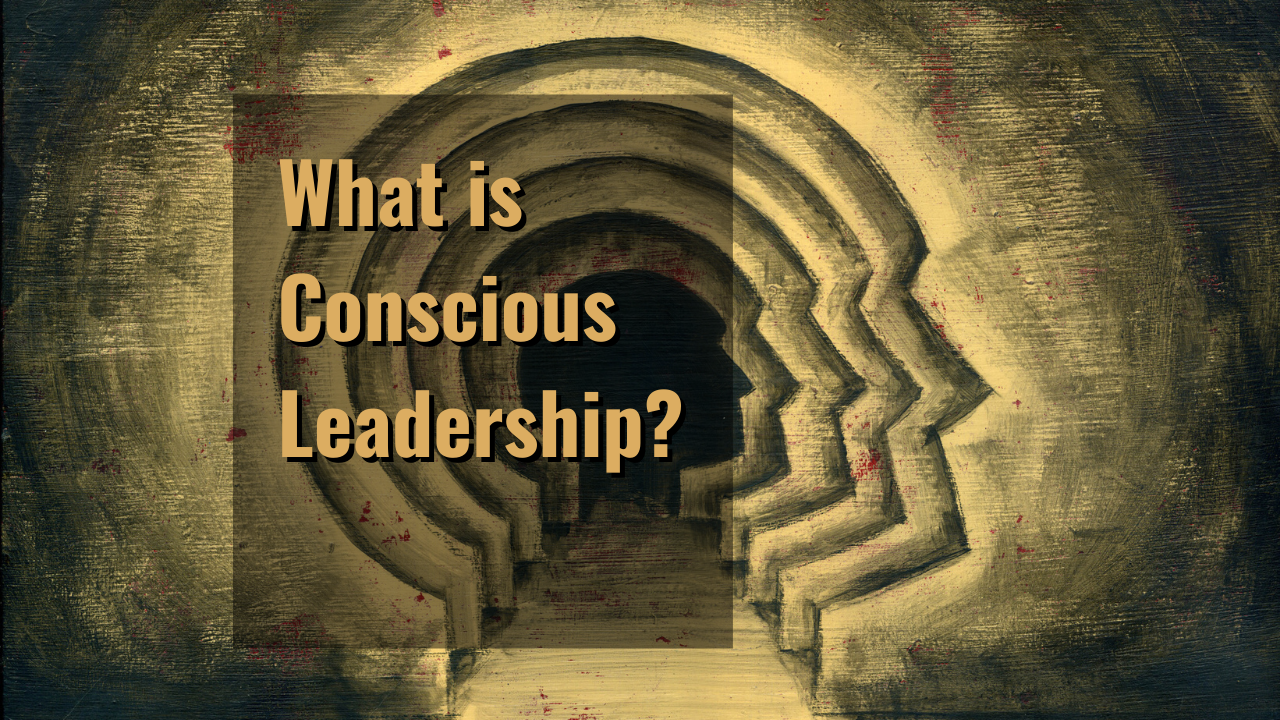
What is Conscious Leadership?
 What is conscious leadership? What is a conscious leader? Why is conscious leadership important?
What is conscious leadership? What is a conscious leader? Why is conscious leadership important?
In discussing conscious leadership, and discussing everything regarding leadership, I like to refer back to the basics, and the basics, in this case, begin with a definition. Merriam-Webster defines “conscious” as:
1: having mental faculties not dulled by sleep, faintness, or stupor: AWAKE
- became conscious after the anesthesia wore off
2: perceiving, apprehending, or noticing with a degree of controlled thought or observation
conscious of having succeeded
- was conscious that someone was watching
3: personally felt
- conscious guilt
4a: likely to notice, consider or appraise
a bargain-conscious shopper
b: being concerned or interested
a budget-conscious businessman
c: marked by strong feelings or notions
- a race-conscious society
5: done or acting with critical awareness
- a conscious effort to do better
6: capable of or marked by thought, will, design, or perception
Items 5 and 6 above resonate with me from a leadership perspective – critical awareness and marked by thought, will, design, or perception. For me, this means being in the moment with tools at your disposal to enable others to accomplish their objectives. “What tools?” you may ask…
Leadership Tools
The leadership tools are no different from the tools of an artist, a mechanic, or a neurosurgeon. First, a leader must have a foundation. This foundation for me is a personal definition of leadership (enabling others). Next is knowing your preferred leadership styles and power types, and having the ability to use the non-preferred leadership styles and power types when the situation warrants. Finally, I have nine critical leadership traits that can be more scientific in nature in that the outcomes are observable and repeatable.
With this foundation in the conscious mind, you are much better prepared to deal with the near, intermediate, and long-term issues that leaders face every day. When a teammate brings an issue to your attention, seeking guidance, you could unconsciously give your teammate direction along with the solution. Or, you could consciously take that moment to coach, mentor, or discuss your vision and how this situation embraces or challenges that vision, and allow that person to arrive at the proper solution. In this case, you are consciously developing a subordinate, something I seek to do every day.
When someone makes a mistake, large or small, I assume the miscue was in good faith and not intentional. With this tool of leadership in the conscious mind, we can identify the root cause of the miscue, resolve it quickly, and emerge smarter, better, stronger.
Empathetic Leadership
There is a lot of discussion surrounding empathetic leadership, or being an empathetic leader. What the heck is that? Once again, we turn to Merriam-Webster for help:
Empathy: the action of understanding, being aware of, being sensitive to, and vicariously experiencing the feelings, thoughts, and experience of another of either the past or present without having the feelings, thoughts, and experience fully communicated in an objectively explicit manner…
Em: is to be with + Pathy: feeling = Empathy is to be with feeling.
Being an empathetic leader requires the conscious mind to focus on this most valuable aspect of leadership. A conscious leader has the tools and traits of leadership in the conscious mind and reviews them frequently to ensure that when the situation presents itself, the proper principle of leadership is applied.
Learn more about our leadership offerings at our website…
Search our hashtags: #elevateyourleadership #robertpizzini